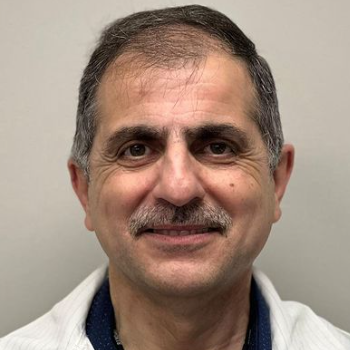Sometimes, a tooth is damaged but not so badly that it needs to be removed. In those cases, partial dental restorations like inlays, onlays, or bridges can help fix the tooth without removing a major portion of your natural tooth.
If you’ve been going in for Fluoride Treatments near you, that’s great for prevention, but if your tooth is already damaged, this guide will help you understand the next steps that can keep your natural tooth as intact as possible.
What Can a Local Dentist Do If a Tooth Is Damaged?
A dentist near you will check how badly the tooth is damaged and decide if a partial repair can help. In many cases, you don’t need a full crown. Instead, your dentist may suggest:
- Inlays, which fill the damage inside the tooth
- Onlays, which cover both the inside and edges of the tooth
- Bridges, which replace a missing tooth between two healthy teeth
These options are strong and protect the rest of the tooth from further damage.
Why Choose a Dentist for These Treatments?
A dentist in Dearborn focuses on saving as much of your natural tooth as possible. Instead of jumping to full crowns or implants, they’ll first look at smaller, less invasive options that work just as well.
A dentist will also make sure the restorations:
- Fit your bite
- Match your tooth colour
- Last many years with good care
What Are the Benefits of Inlays and Onlays?
There are several inlay and onlay dental restoration benefits, especially when compared to regular fillings or full crowns.
Here’s why patients like them:
- Less drilling means more of your real tooth is saved
- They’re stronger than regular fillings
- They blend in with your tooth colour
- They last longer, often 10–15 years
- They protect your tooth from future cracks
If your cavity or crack is too big for a filling but not big enough for a crown, this is what you need.
Inlays, Onlays, or Crowns: What’s the Difference?
If you’re unsure which one you need, here’s a quick look at the difference between inlays, onlays, and crowns:
| Treatment | What it covers | How much tooth is removed | Best for |
| Inlay | Inside the tooth | Very little | Medium cavities |
| Onlay | Inside + edges | A bit more | Larger cracks |
| Crown | Full tooth | Most of the tooth | Big damage or root canals |
Your dentist will choose based on how much of the tooth is still strong.
When Should You Get an Inlay or Onlay?
You’ll want to know when to use inlays or onlays instead of other options. These are a great choice if:
- You have a cavity too large for a regular filling
- Your tooth is cracked, but still strong
- You want to avoid a full crown
- You want something long-lasting and natural-looking
Inlays and onlays are built to protect what’s left of the tooth while stopping the damage from spreading.
What If a Tooth Is Missing? Can a Bridge Help?
Yes. A bridge used to restore a missing tooth is a smart choice when you’ve lost one tooth but don’t want an implant.
How it works:
- A false tooth fills the gap
- It’s held in place by crowns on the teeth next to it
- It stays in your mouth permanently; you don’t take it out like dentures
Bridges look natural and help you chew and talk like normal again.
Why Saving Enamel Matters in Tooth Repair
One of the best parts about inlays, onlays, and bridges is that they help with partial restoration, preserving enamel. Enamel is the hard outer shell of your tooth, and the more you keep it, the better your long-term dental health.
Benefits of keeping your enamel:
- Tooth stays stronger over time
- You’re less likely to need root canals
- Treatment is faster and more comfortable
- It costs less in the long run
These types of restorations fix the problem without going overboard.
Wrapping Up!
Inlays, onlays, and bridges are smart ways to fix teeth without removing too much of what’s still healthy. They’re strong, natural-looking, and last a long time when done right.
At Hashwi Dental, we believe in saving your real teeth whenever we can. Our team offers modern treatments like inlays, onlays, and bridges to keep your smile strong and natural.
If you’re looking for personalized care that puts your comfort and long-term health first, book your visit with us today!
FAQs
- What’s the main difference between an inlay and an onlay?
An inlay fits into the middle of your tooth, like a puzzle piece. An onlay covers more; it fits inside the tooth and also covers one or more edges (cusps). Both are used to fix damage without needing a full crown.
- Do inlays and onlays hurt to get?
Not at all! Your dentist numbs the area, so you won’t feel pain during the procedure. Most people say it feels just like getting a regular filling.
- How long do inlays, onlays, or bridges last?
With good care, they can last 10–15 years or even longer. Brushing, flossing, and regular dental checkups help keep them in great shape.

